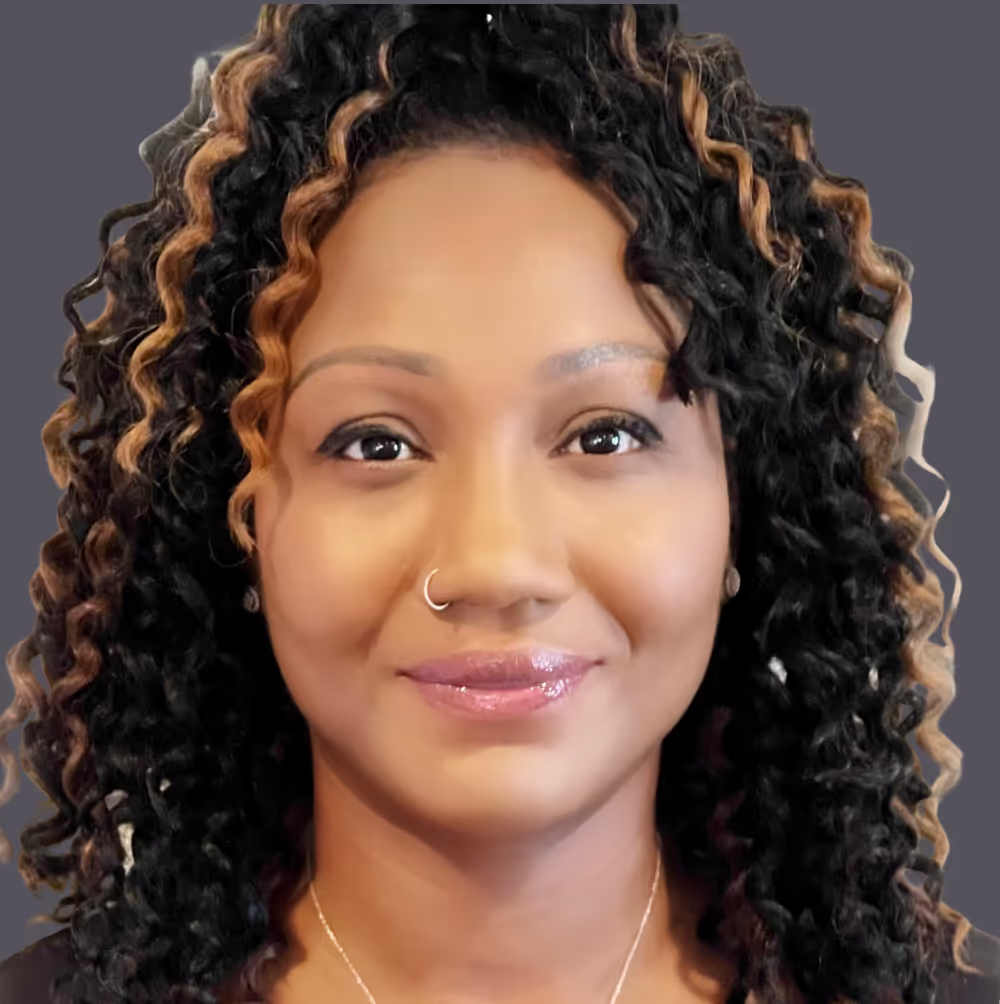Why do some develop PTSD after trauma and others don't?
Post-Traumatic Stress Disorder (PTSD) is a highly complex psychological condition that is influenced by a variety of factors. Not every person who develops a traumatic event will go on to develop PTSD.
.jpg)
As with all mental health issues, Post-Traumatic Stress Disorder (PTSD) is a highly complex psychological condition that is influenced by a variety of factors. Not every person who develops a traumatic event will go on to develop PTSD. Those who have been diagnosed with the disorder may wonder why they developed the condition, while those who experienced trauma and have not developed PTSD may be curious what kinds of biological, environmental, and social elements were at play to prevent the disorder. While there is no singular cause of PTSD or simple explanation for why some individuals develop it following trauma and others don’t, there are important factors to be aware of, as well as protective measures that may help reduce the chances of a PTSD diagnosis for those at high risk.
How prevalent is PTSD?
“Trauma and PTSD are highly prevalent,” says Nema Clinical Director, Lashauna Cutts, LCSW. “An estimated 1 in 11 Americans will be diagnosed with PTSD in their lifetime.” According to the World Health Organization (WHO), about 70% of people globally will experience a potentially traumatic event in their lifetime, but only a minority will go on to develop PTSD. However, that still means an estimated 3.9% of the world population (over 310 million individuals) has experienced PTSD at some point in their lives.
Women are also twice as likely as men to have PTSD, with 8% of women and 4% of men having PTSD at some point in their lives, a statistic that Nema Staff Trauma Therapist, Marlene L Weisel, LPC, attributes in part to the realities of gender-based violence. “Women are more likely than men to develop PTSD partially due to the types of traumas women are more likely to report experiencing,such as sexual assault,” she says.
Are specific types of trauma more likely to result in PTSD than others?
According to WHO, there are a variety of factors that influence the likelihood of developing PTSD, including the type of traumatic event experienced. For example, individuals who are exposed to physical violence or war are three times more likely to develop PTSD, and those who experience sexual violence are also much more prone to developing the disorder.
“The traumas most likely to cause PTSD are rape/sexual assault (SA), intimate partner violence (IPV), and combat,” Cutts says. “SA is a form of interpersonal violence and in most cases of SA, the perpetrator is known to the victim. This tends to create more disruption to the survivor's sense of safety, trust, power & control, esteem, and intimacy.”
But not every person that lives through a traumatic event will develop PTSD — in fact, according to the National Health Service (NHS), only 1 in 3 people who experience severe trauma will actually develop the disorder. While it’s not fully understood why some people develop PTSD after a trauma and others don’t, many factors play a role, including genetics, mental health history, social support, socioeconomic status, and much more.
Why do some people develop PTSD after trauma and not others?
Although about 61% to 80% of people experience a traumatic event at some point in their lives, only about 5 to 10% of those people will develop PTSD. There is no single explanation for why only a small percentage of those exposed to trauma will develop PTSD, but a variety of risk factors can increase the likelihood of an eventual diagnosis.
“Risk factors such as low socioeconomic status, experiencing more than one trauma, having a history of substance abuse and mental illness and lack of social support can certainly play a role in the development of PTSD,” Weisel says. “Regarding genetics, a history of mental illness and substance within someone’s family tree is a risk factor for developing PTSD. Think of generational trauma: this is often observed when treating PTSD.”
Research has also indicated that individuals with abnormal levels of certain neurotransmitters and hormones including cortisol, corticotropin-releasing factor (CRF), and serotonin may be more likely to develop PTSD in the wake of trauma. Additionally, according to Cutts, experts have observed certain brain changes in individuals with PTSD, including:
- Strengthened “fear circuitry” with overactive fear centers and underactive control centers
- Reduced hippocampal volume
- Reduced activity and size of the prefrontal cortex
- Increased amygdala reactivity
- HPA axis dysfunction
There are also some lesser-known risk factors and behavioral patterns that may contribute to an individual’s chances of developing PTSD. “Avoidance is the most predominant coping mechanism used when experiencing trauma and a significant contributing factor to development of PTSD,” Weisel says. “For example, if someone relied on substances to cope before the trauma, they will most certainly continue to do so post-traumatic experience and increase their use to cope.”
Cutts agrees that there is a noted correlation between the development of PTSD and avoidance behaviors. “The more you try not to think about a traumatic event and avoid any contact with any potential triggers of the traumatic event, the more likely you are to develop PTSD,” she says. “Support after a trauma event is a significant protective factor.”
Weisel points out that the messages one receives in early childhood can also influence their chances of developing PTSD later in life, following a trauma. "If one is given negative belief messages in childhood such as, ‘I am not good enough’ or ‘I am a bad person,’ then this can contribute to development of PTSD (i.e. ‘the trauma happened because I am a bad person’),” Weisel says. “Also, being taught in childhood that perceived negative emotions like sadness and anger are bad, can suppress a person’s natural emotional response to trauma and therefore contribute to avoidance, which can lead to developing PTSD.”
Protective measures can play a role in preventing PTSD
PTSD is not an inevitable consequence of experiencing trauma, and for individuals with a high number of risk factors, taking certain protective measures may help prevent the development of the disorder. “One great thing about the internet is we have access to all kinds of resources to support wellness/preventative care and many are cost-free,” Weisel says. “And even if this is not accessible at home, one could go to their local library to access a plethora of resources.”
According to Weisel and Cutts, the following protective or resilience measures can go a long way in helping prevent PTSD:
- Establishing a solid support network, incorporating community as a concept into one’s daily life
- Practicing healthy coping skills such as mindfulness
- Seeking help for any substance use issues
- Improving one’s diet, getting better sleep, and regularly practicing overall self-care routines
- Identifying as a “survivor” as opposed to a “victim”
- Tapping into positive emotions and laughter
- Working with experts to find positive meaning in trauma
- Helping others in their healing process
- Holding the belief that they can manage their feelings and cope
“The more protective factors someone has, such as access to resources (like intervention and prevention of mental health disorders), the less likely they will develop PTSD,” Weisel says. “That is not to say there are no outliers on the bell curve, meaning some people can still develop PTSD despite having numerous protective factors, but this is far less common.”
At Nema, our clinicians are trained in the most effective trauma treatments including Cognitive Processing Therapy (CPT) and other supportive therapies. If you're interested in learning more, schedule a free call with our team here.






